Jaden Janzen
Advisor: Lancelot Coar
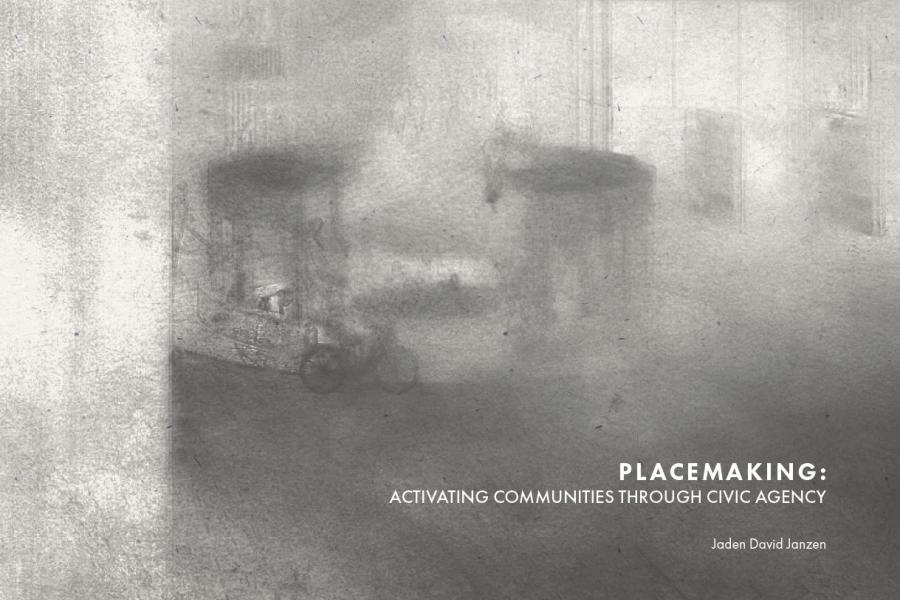


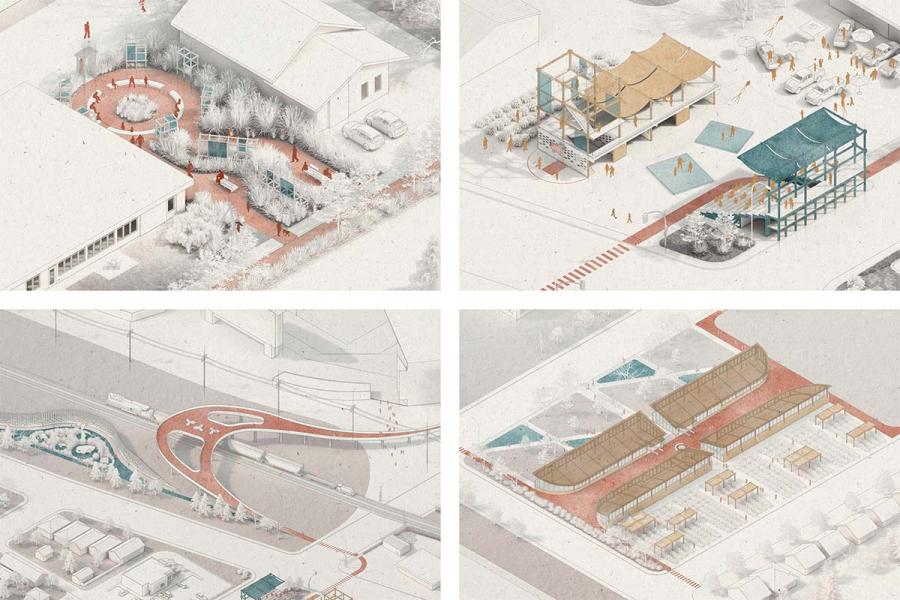
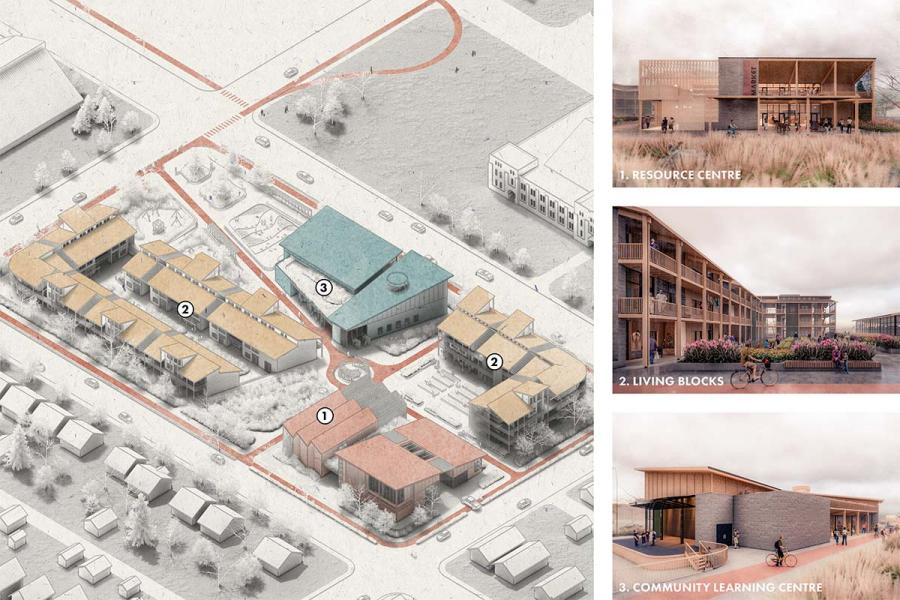
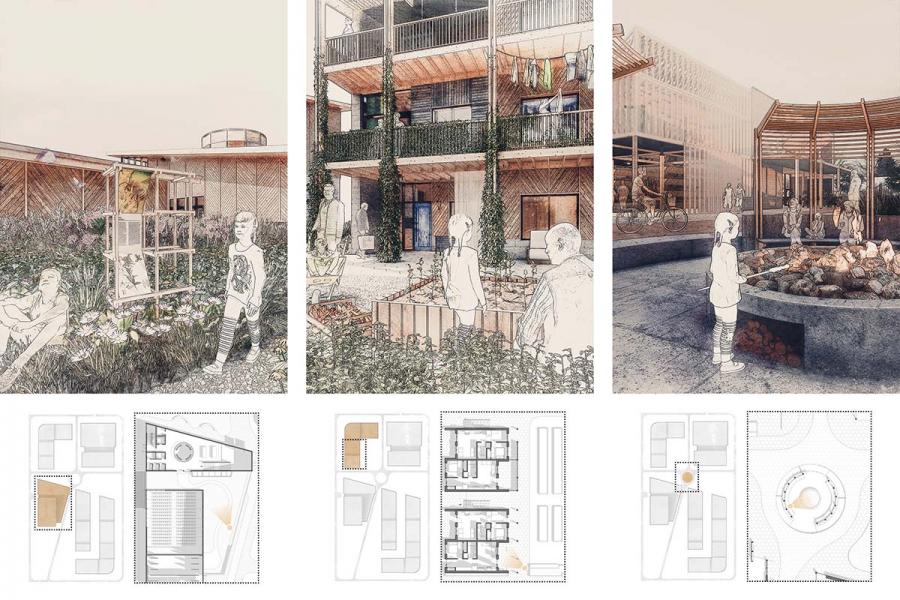

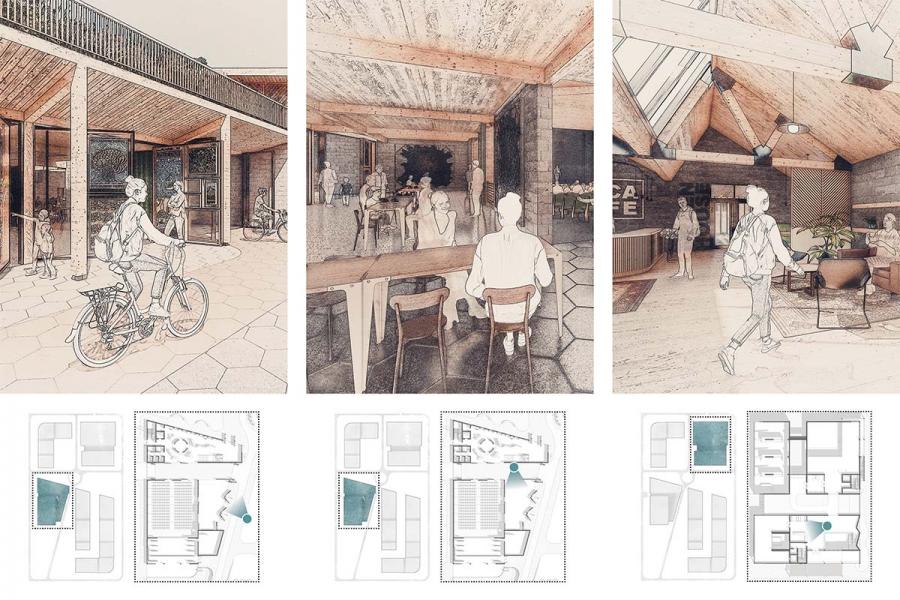
Placemaking: Activating Communities Through Civic Agency
Throughout history placemaking, at various scales, serves as a transformative act, responding to needs of the community and creating a space of belonging, purpose, and identity. Placemaking is successful when the ambitions and aspirations of a community are given agency through civic engagement, empowering the public at large.1 Engaging with the diverse viewpoints, needs, and conditions, represented in a community, informs and enables designers to create uniting spaces for all, rather than separation and division.2 Placemaking is used as a means to transform and activate communities through responding to heritage, celebrating identity, and promoting interconnection, creating a catalyst affect extending past the traditional notions of site.
The City of Regina serves as a case study through an analysis into its central core containing the communities of Downtown, Cathedral, North Central, and The Warehouse District together acting as a microcosm of the city. The history of Regina recounts a promised “boom community” centered around the prominence of these neighborhoods, however, through a series of social, political, and ecological challenges it was unable to fully capitalize on its projection of growth to the extent of other prominent settlements.3 Current realities present physical and phycological boundaries across these neighborhoods stemming from the Canadian Pacific Railway grounds, degrading pedestrian environments along Saskatchewan Drive, patterns of urban sprawl, and social divide. Recent development and city planning has worked to address these current realities of urban sprawl and decreasing density but lacks a collective vision that transcends neighborhood boundaries.4 However, stories of civic agency and grassroot initiates reveal existing efforts to engage neighborhoods through art and culture, economic and trade skills, and land stewardship, creating a roadmap for change. Explorations aim to expand on the gifts and heart of the community by amplifying their impact through interconnected access, new tools and resources, and sites of learning, revealing the potential of the community to face uncertain futures. This thesis project proposes an approach to architectural practice as that of a spatial agent, building upon local initiatives to create a newfound sense of place, one that is rooted in heritage and identity, fosters cohabiting relationships, supports local ambitions, and ignites future visions impacting the city at large.
1 “Placemaking: What If We Built Our Cities around Places?” Project for Public Spaces, 2018. 18.
2 Jacobs, Jane. The Death and Life of Great American Cities. New York: Vintage Books, 1992. 331.
3 Drake, Earl G. Regina: the Queen City. Toronto: McClelland & Stewart, 1955. 21.
4 “City Centre Core Framework” City of Regina. 2017. 7.
